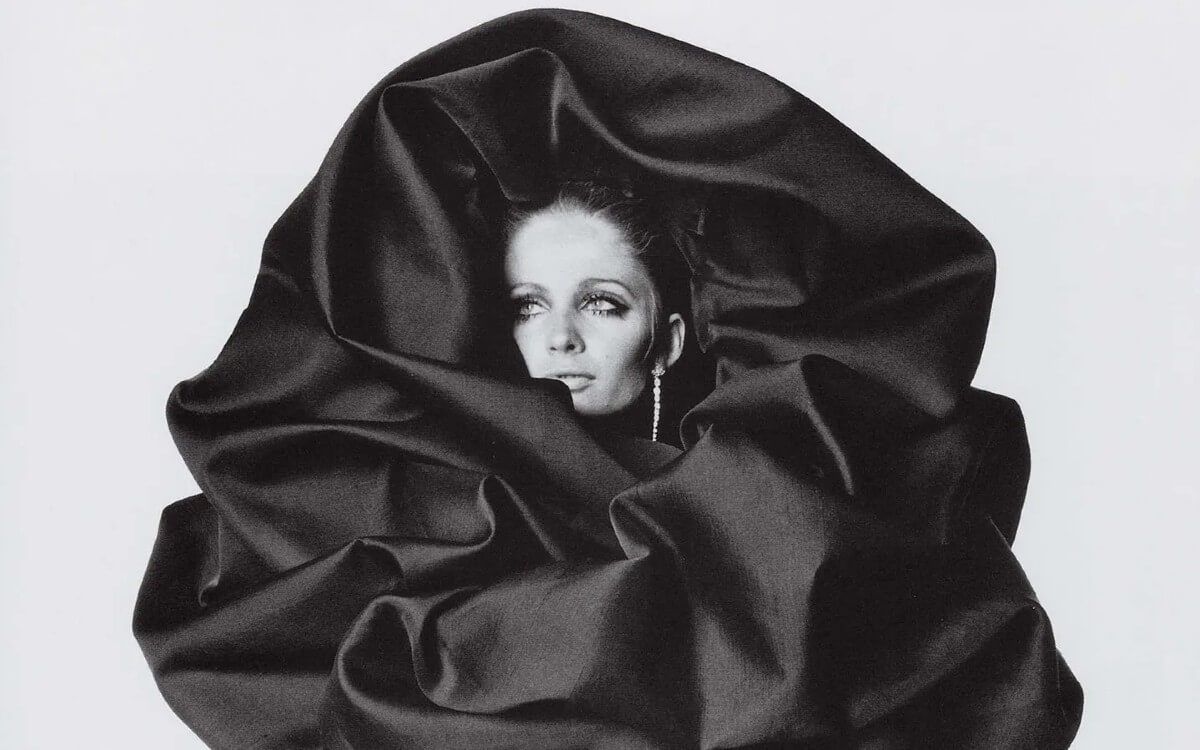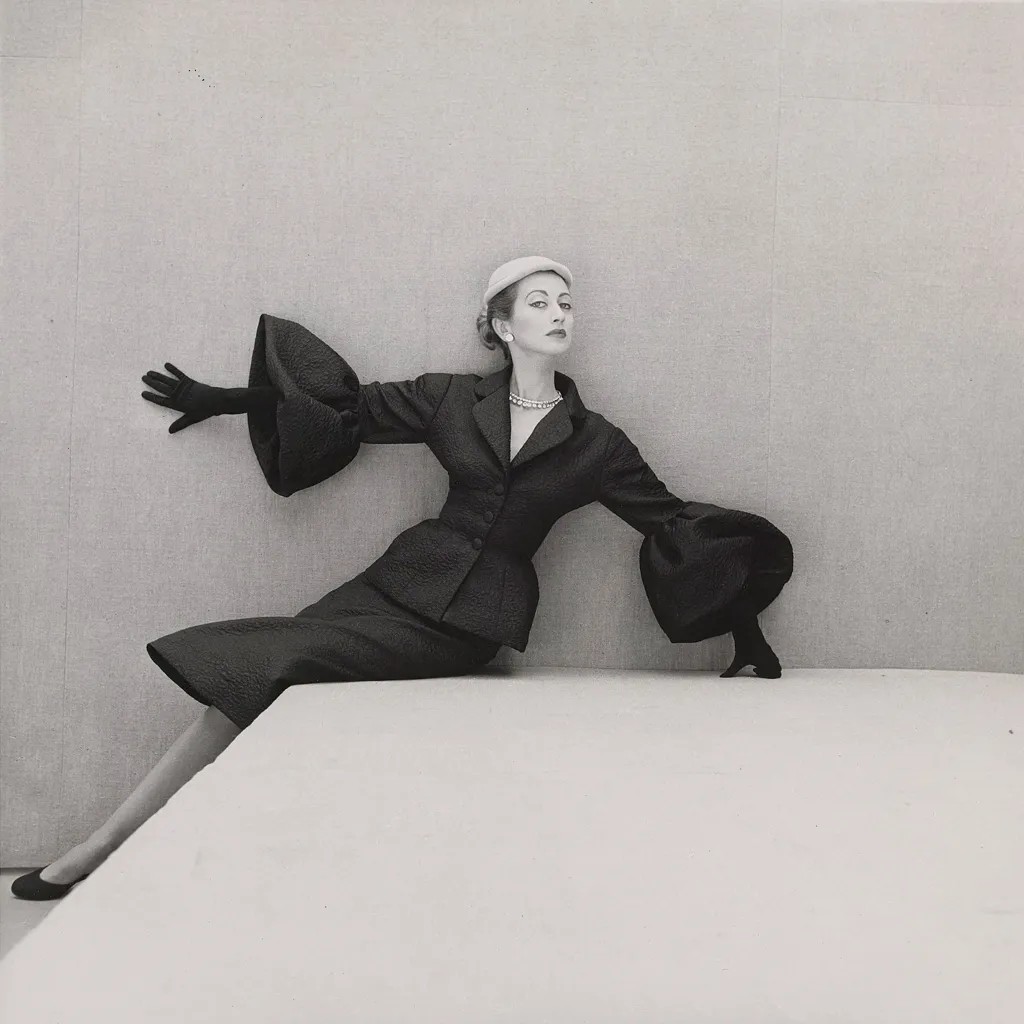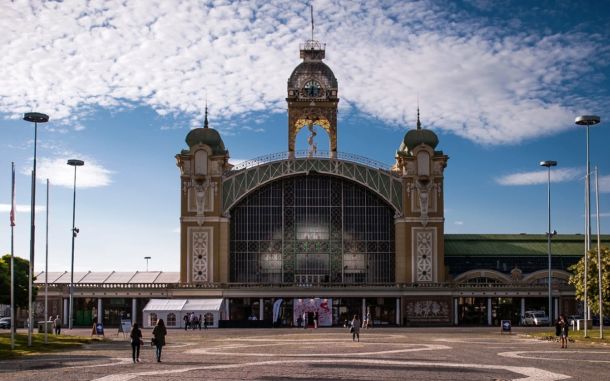The fashion industry’s most dramatic color’s hidden meanings

Karl Lagerfeld hardly ever wore anything other than the color of choice for Coco Chanel. The attractive silhouette of black never goes out of style, whether it’s for power dressing at work or backless dresses at glittering galas.
Nobody knew this better than Cristóbal Balenciaga (1895-1972), a designer for the affluent and regal (Grace Kelly, Jackie Kennedy, Audrey Hepburn, etc.). The Spanish couturier, known as le maître (the master) and the designer’s designer, was praised for his devotion to black, which helped elevate it from a burial garb to a high fashion item.
Balenciaga in Black is on display at the Kunstmuseum The Hague to commemorate the 50th anniversary of the fashion designer’s passing. Texas and Paris have already seen this Maison Balenciaga and Palais Galliera cooperation in action. More than 100 of the designer’s exquisite black works of art are on display in the show, along with numerous hastily sewn prototypes in black toile, a break from the customary ecru cotton and proof that Balenciaga was thinking in black from the start. Black emphasized the sculptural nature and geometry of Balenciaga’s daring creations, including the balloon and the envelope. “He used black more than any other designer, and he used it in a very different way,” Madelief Hohé, the exhibition’s curator, tells BBC Culture.
Balenciaga’s close friend Coco Chanel, who also loved black, popularized the idea of the little black dress in the 1920s. “She used it like a canvas to help you through the day,” explains Hohé. “If you changed your accessories, your little black dress would be perfect for all types of occasions. That is a completely different approach, as Balenciaga used the colour as part of the design.”
Balenciaga drew on his Spanish roots and was inspired by the ceremonial attire depicted in Goya, which is typically black and features lace mantillas, capes, and long, inky skirts. Sticking to a single color allowed him to contrast the properties of many textiles, from the stiff yet lightweight silk gazar he had created just for himself to glittering ribbon, tactile cloqué, and dazzling glass beading.
Demna, the company’s creative director since 2015, upholds Balenciaga’s tradition of showcasing black culture. The designer covered Kim Kardashian from head to toe in black fabric for the Met Gala, leaving nothing but her well-known hourglass form to identify her. And the drama persisted at the catwalk display as models in black outfits and leather masks paraded across the dimly illuminated New York Stock Exchange.

Back to black
But Balenciaga is not the only brand that loves black. At the most recent fashion weeks, Dolce & Gabbana, Versace, and Yohji Yamamoto—a black man’s man—all debuted collections themed on the color black. Black does, after all, sell, both off the rack and on the catwalk. According to t-shirt designers Bonfire and Spreadshirt, black outperforms all other colors. Nothing else brings out the graphics as much as this.
The Story of Black by writer and critic John Harvey argues that the attraction to black is basically a survival strategy.
Black is a useful color as well. Black is skillfully used in many Islamic nations, where it is used to absorb heat and cause hot air to rise. Dark-colored draped clothing, like the thawb and the abaya, induces a convection current of cool air through the layers of the garment.
It appears that black has fascinated mankind since the dawn of humanity. “There have always been black luxuries: ebony wood, black marble and, in Ancient Rome, fine black wool,” says Harvey. But black also signified virtue and duty, and from the 11th Century onwards was worn widely by clergy. Later, royals, such as Philip II of Spain (1527-98), adopted it, aligning themselves with the respect and authority of the church. “Black had become a colour which said you were serious; it said you meant business; it said you were strong, possibly formidable,” says Harvey.
He says that black has always had this duality. “On the one hand, black is class, wealth and distinction; and on the other hand, black is humility, service and dedication.” The differences between the two were largely due to the materials. The production of rich black dyes was expensive. The coarse, durable twilled black fustian that the common people had to make due with. Only the nobles owned satins and velvets.
Black eventually reached the middle-class merchants and businesspeople, but it was fairly austere and dreary. The 19th-century equivalent of a social influencer, leading dandy Beau Brummell, observed how industrialization was transferring power to the emerging middle classes. He gave black a new meaning by wearing it in his sleek, close-cut suits, which not only acknowledged the growing influence of this group but also restored the pleasure to the color. Black recreated itself and persisted in vogue despite the frivolity being curtailed by William IV’s and Queen Victoria’s more sober reigns, which seemed to fit the new era’s morality and modesty perfectly.
The color also represents subversion. Subcultures like rockers, punks, and goths used black to defy conventional norms, contrasting their “youthful vivacity,” as Harvey puts it, with somber and menacing attire. However, black is also connected with protest in popular culture. In 2018, during the Golden Globes, A-listers wore black to demonstrate their support for the anti-sexual harassment movement Time’s Up.
Today, some brides are even choosing black instead of the traditionally patriarchal color white, choosing instead a hue that now represents maturity and self-assurance. In fact, black has a strong sexual presence in western culture, from Holly Golightly’s flirtatious Givenchy black satin sheath dress in Breakfast at Tiffany’s to Sandy’s coming-of-age all-black wardrobe in the Grease finale when she switches from buttoned-up white to sensual, skin-tight black.
Celebrity stylist Alex Longmore has worked with a wide range of well-known figures, many of whom she has styled in black, including Joan Collins, Jerry Hall, Zara Phillips, and Vinnie Jones. “Black is such a powerful colour in fashion,” she tells BBC Culture. “It can be incredibly dramatic and it can be incredibly functional at the same time.” The funeral of Queen Elizabeth II is a case in point. “You saw a sea of black, but their faces really stood out,” says Longmore. “Black makes you focus on the subject matter, rather than what’s going on around it.”
Black is a master of paradox, being both traditional and rebellious, formal yet ethereal, fashionable and secure. “A lot of my clients who are in senior positions in business or in the public eye love black because black is a colour which transcends everything; you can wear it to every occasion… There’s no fuss, no complexity to it, and it goes with everything,” says Longmore. “I think black will stay around.”





Leave a Reply
You must be logged in to post a comment.